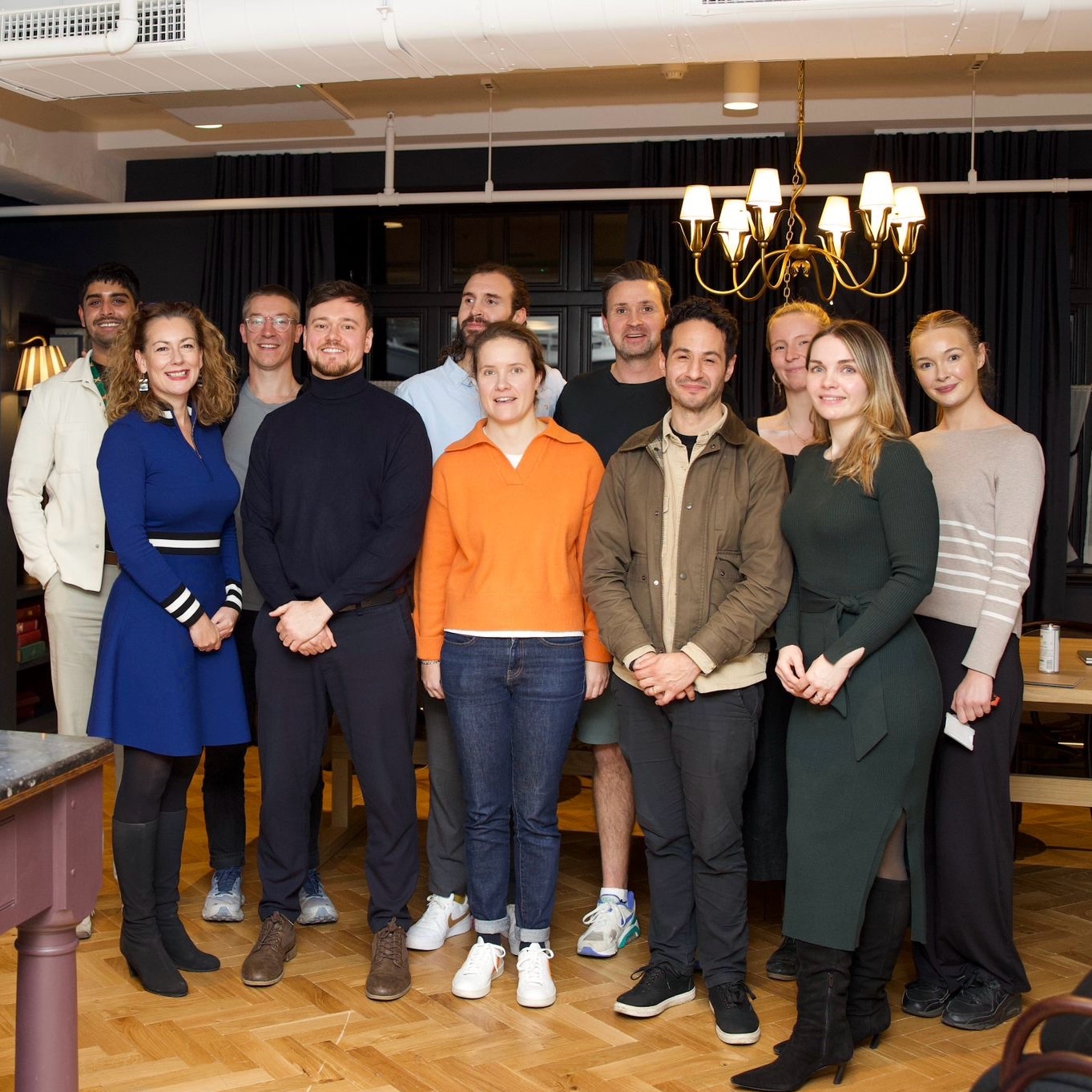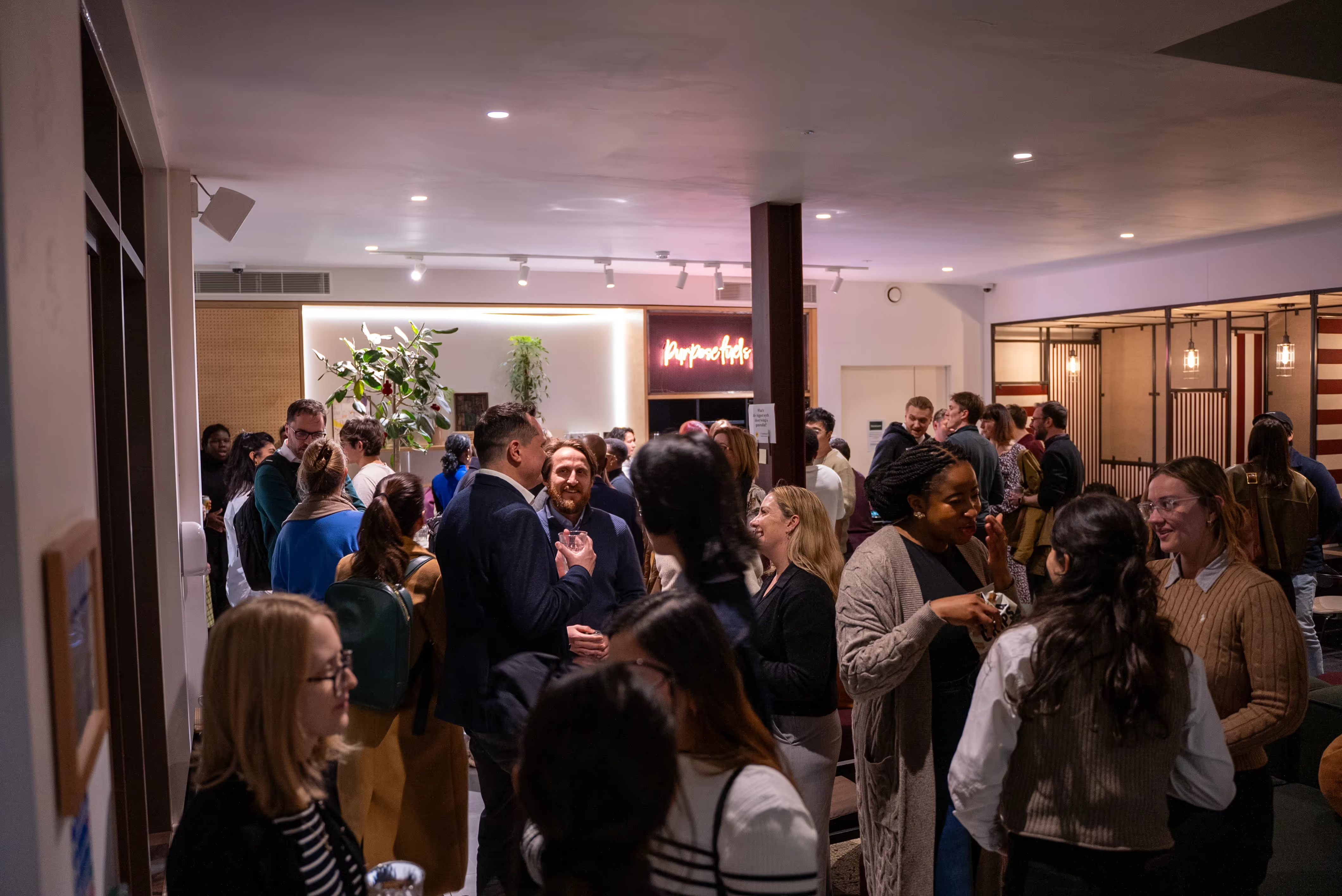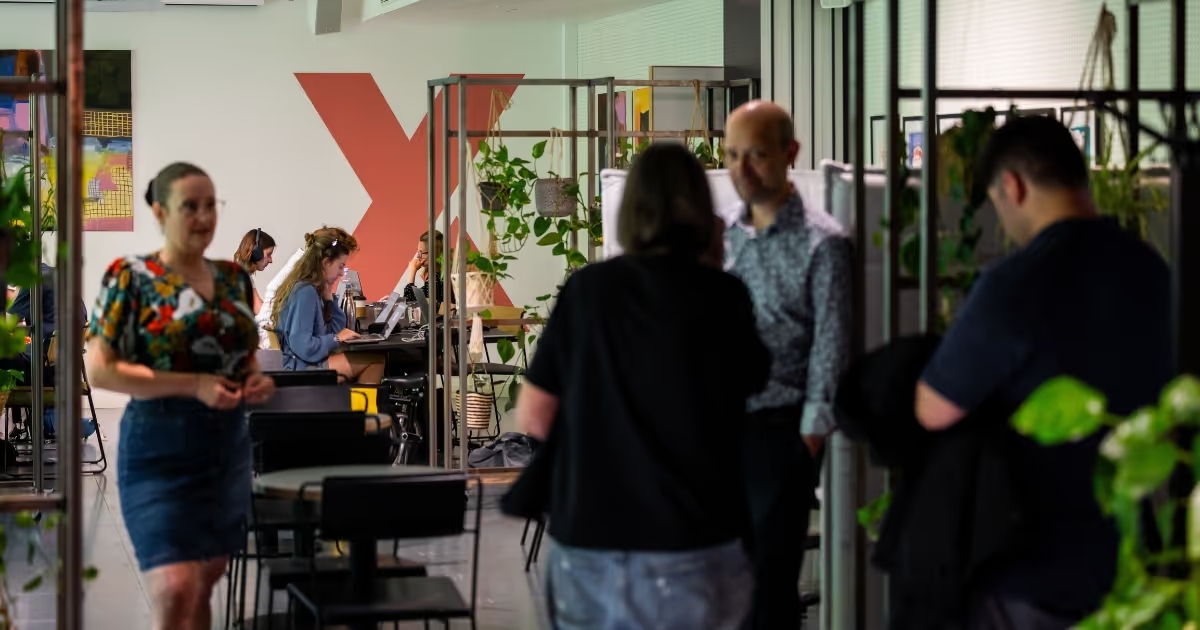Hiring a diverse workforce doesn’t guarantee that every employee has the same experience or opportunities in the workplace. Inclusion is what’s needed to give diversity real impact, and drive towards a world of work where all employees are empowered to thrive. And, whilst diversity and inclusion often go hand in hand, inclusion is fundamentally about individual experience and allowing everyone at work to contribute and feel a part of an organisation
Hiring a diverse workforce doesn’t guarantee that every employee has the same experience or opportunities in the workplace. Inclusion is what’s needed to give diversity real impact, and drive towards a world of work where all employees are empowered to thrive. And, whilst diversity and inclusion often go hand in hand, inclusion is fundamentally about individual experience and allowing everyone at work to contribute and feel a part of an organisation.
{{divider}}

Fit For Work
{{divider}}
Psychological theories suggest people assess their social environment to understand how they 'fit'. Workplace inclusion is when people feel valued and accepted in their team and in the wider organisation, without having to conform. Inclusive organisations support employees, regardless of their background or circumstance, to thrive at work.
{{divider}}
To do this, they need to have practices and processes in place to break down barriers to inclusion, and, importantly, they need to value difference. To become more inclusive, organisations need to understand the state of play in their business, celebrate positive practices, and take action where issues are raised.
{{divider}}
Without clarity on what inclusion means, taking targeted action in organisations is challenging and there is a risk that inclusion initiatives are rebranded diversity initiatives that don’t fully address barriers to inclusion. Addressing these barriers requires businesses to reflect on their culture and practices, and employee experience more broadly. This lack of clarity also makes it challenging to measure progress and evaluate the success of inclusion strategies.
{{divider}}
Including Inclusion
{{divider}}
At an individual level, workplace inclusion relates to feelings of belonging, having a voice and being valued for your unique and authentic individual skills and abilities. In turn, this is linked to positive team outcomes, reduced absenteeism and enhanced job commitment, suggesting that inclusive behaviour allows individuals to work together effectively and creates a healthy environment for employees.
{{divider}}
At an organisational level, workplace inclusion involves valuing difference, allowing all employees the opportunity to develop, participate and use their voice to effect change, irrespective of their background. In turn, this has been linked to, and is associated with, enhanced team knowledge-sharing, innovation and creativity.
{{divider}}
While some theories of inclusion reference diversity and demographic characteristics, inclusion and diversity are separate but related concepts. While there are particular barriers to inclusion for certain underrepresented groups, inclusion is about employee experience, and is relevant for everyone.
{{divider}}
To effectively build more inclusive workplaces, organisations need to assess whether employees feel the workplace is inclusive, and whether people management and HR practices themselves are inclusive. Finally, if organisations want to become more inclusive, it is important to understand the behaviours and people management practices that support inclusion.
{{divider}}
Authenticity is thought to be a key aspect of inclusion. In other words, individuals must feel like they can be themselves, regardless of whether they are different or share many similarities with their colleagues. Without this, individuals could feel like they need to engage in ‘surface acting’ or cover their identities. Feeling that one’s unique abilities and difference are valued, coupled with an ability to be authentic, is thought to create a sense of belonging, without the need to conform to group norms.
{{divider}}
Positive Practices
{{divider}}
Some ways to implement inclusion to help individuals feel like they are part of a team and can be themselves include: fair policies and practices facilitating opportunities for all employees to progress, participate and use their voice to have a say in matters that affect them. In turn, this allows everyone’s perspective to be valued, with ideas being shared openly and effectively, irrespective of background, mindset or way of thinking.
{{divider}}
Employees should feel like they have agency in decision-making processes and important networks, allowing everyone to have influence and actively taking feedback on board can contribute to improved, inclusive practices. Leaders must use their power to become role models for inclusion initiatives, rather than silencing them. And finally, genuinely valuing individual differences is key – hiring for the sake of representation can be counterproductive if all team members fail to be valued.
{{divider}}
Organisational values, beliefs and social norms will all contribute to inclusion. Inclusion policies might be in place, but if the organisation doesn’t value difference, or has a clear power imbalance, where only one group can get ahead, positive change is unlikely. As the hierarchical nature of the workplace creates inherent inequality, creating an inclusive culture and climate is key to addressing this.
{{divider}}
The way a person understands their workplace guides their behaviour. Creating an organisational climate of inclusion requires being able to find personal meaning and purpose through work. Some research suggests that an inclusive climate is one that, first, minimises bias by ensuring that opportunities and resources at work aren’t influenced by group identity or demographic differences. Next, it enables people, regardless of their differences, to work together effectively and avoid stereotyping. And finally, it encourages employees to collaborate across social boundaries through joint problem-solving.
{{divider}}
While inclusion is a separate concept to diversity, understanding who feels included at work at a demographic level can surface barriers to inclusion. For example, if women and BAME employees are more likely to perceive that promotion practices are unfair, a review of promotion processes could be carried out.
{{divider}}
However organisations approach the measurement of inclusion, they need to take steps to ensure that the data is reflective of the whole organisation as far as possible by providing multiple ways to provide feedback, ensuring that the data collection itself is inclusive and the reason for collecting data is clearly communicated.
{{divider}}
On the face of it, being inclusive has many parallels with simply being a good manager, treating all employees with respect, supporting their development and ensuring they have a say in the workplace. But, bias - both conscious and unconscious - means that the experience of work will differ between employees. For example, research suggests that diverse teams may receive lower performance ratings than less diverse teams, potentially due to manager bias.
{{divider}}
Employees, line managers, senior leadership and people professionals are all able to influence the inclusivity of organisations, as inclusion is not just ‘a job’ for HR. The areas that help to influence individual feelings of inclusion and perceptions of inclusive practices are: line management, robust people management practices, and organisational commitment to diversity and inclusion.
{{divider}}
This involves role modelling inclusive behaviour, using organisational data to periodically review practices and policies, involving employees at all levels of the business, embedding it into the culture of the organisation and its wider practices such as talent management and skills development, clearly communicating these and supporting implementation.
{{divider}}
Given that inclusion is an inherently elastic and individual process, this will look different for every organisation. An employee’s perception of inclusion relates to having a voice, being treated fairly, and a sense of belonging. Importantly, this belonging must stem from the feeling that they don’t need to conform – difference is valued, rather than distrusted.
{{divider}}
True inclusion arises where individuals feel they will be valued for their own unique views and skills, not when ‘different’ people are accepted into an organisation as long as they comply with existing organisation norms. But, this comes with its own challenges given human bias towards people ‘like us’. How best to manage the tension between belonging and the desire for authenticity is an experimental and experiential process with no set rules.
{{divider}}
The reality of modern work is that some demographic groups fare better than others and have better inclusion experiences at work. Not considering diversity and inclusion in the round risks ignoring specific barriers to inclusion. Any inclusion strategy must recognise that increasing representation contributes to diversity and potential inclusion, but won’t lead to inclusion by itself. It requires a holistic view of how people are valued in an organisation, and an honest assessment of how biases and group dynamics impact on employee experiences of being valued, included or excluded.
{{divider}}
The Take Home
{{divider}}
People are fundamental to business success, and creating an environment where everyone can meaningfully contribute simply makes sense. . Inclusion is a complex concept that interacts with diversity and equality – both issues that extend beyond the workplace. Social mobility, education and socialisation all contribute to structural and power inequalities in societies – but as key parts of the community, organisations have a responsibility to make their workplaces accessible, positive environments for everyone.
{{divider}}
Organisations need to take a systemic approach to inclusion, appreciating that inclusion isn’t about allowing ‘different’ people to ‘fit in’. Instead, inclusion is about creating an environment where everyone is appreciated for being individual. Practically, this means putting systems and practices in place that tackle bias and structural issues that result in different perspectives failing to be valued if they are different from the status quo, or from the ‘majority’.
{{divider}}
Creating a positive environment where everyone can influence, share knowledge and have their perspective valued is key for employee satisfaction, retention and well-being. And, crucially, being inclusive allows different perspectives to be heard, irrespective of the nature of that difference. Tapping into this can only help business make better decisions and understand their customers – both vital for businesses that want to continue to thrive and innovate into the future.
{{divider}}





.png)
.avif)


.avif)


.avif)
.avif)



